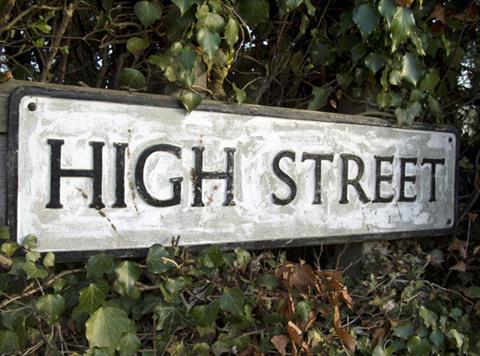
The plight of shops on the high street has not had quite as much publicity of late, perhaps because a certain Mary Portas has taken a back seat and both major political parties have shunted any prospect of meaningful business rates reform until well after the next election.
The DCLG, likewise, seems to have abandoned any substantial plan of action save for a competition to find Britain’s best high streets, for whom the seven “lucky” winners stand to get around £7,000 apiece. £7,000! Who needs the Euromillions?
But if proof were needed that the threat facing our shops remains as clear and present as it was before Portas’ intervention, evidence comes thanks to two reports in the past few days.
Last week a survey by PwC and the Local Data Company (LDC) found that while the rate of store closures nationwide had fallen from 18 to 16 per day in the first half of this year compared to the same period in 2013, there was a widening gulf between openings and closures.
The survey of 500 UK town centres found that 3,003 outlets closed over the six-month period compared to 2,597 openings – a net reduction of 406 shops, almost double what it was in 2013.
Included in the list of those worst hit are national retail chains, fashion shops and, according to PwC, pretty much all of those not suited to today’s era of ultra-convenience.
“We’re heading for a high street based around immediate consumption of food goods and services,” is how Mike Jervis, insolvency partner and retail specialist at PwC, described the scene – even though he admits he is not sure this is what customers really want.
Is there a ray of light to be found on the high street? Well, it may come from the independent sector. A separate report by LDC out today shows independent stores somehow clinging on to grow their numbers year on year – albeit more slowly this year than in the recent past.
In the first half of 2014, 8,662 independent shops opened, while 8,268 closed. Intriguingly, ‘tobacconists’ recorded a whopping 78% net growth, adding 119 units to the UK high streets – a rise laid at the door of e-cigarette cafes. Yet even the report admits that these small traders are 300% more volatile than the chains and as a result many high streets find themselves on a knife-edge existence, prone to drastic swings in fortune.
Against this backdrop, shopkeepers will be keeping their eyes on tomorrow’s announcement by the ONS of September’s Consumer Prices Index (CPI) and Retail Prices Index (RPI). These indices will be more important than most as they will be used to calculate the annual increase in commercial property taxes introduced next April.
Business rates campaigner Paul Turner-Mitchell calculates the projected RPI for September of 2.5% will lead to a whopping £560m increase across all sectors, with bricks-and-mortar retailers accounting for nearly a quarter (£131m).
With that sort of further hammer blow on the way, along with all the other challenges retailers are facing, it seems highly likely the gulf between openings and closures will get worse before it gets better.







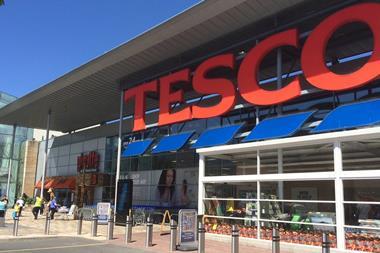

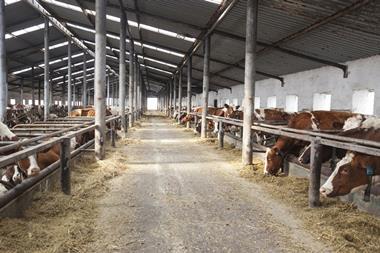
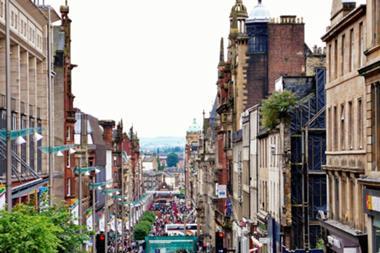
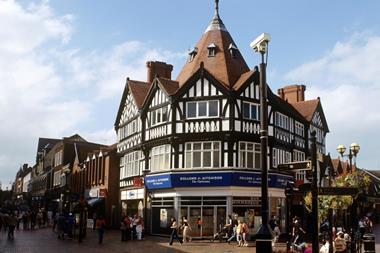







1 Readers' comment